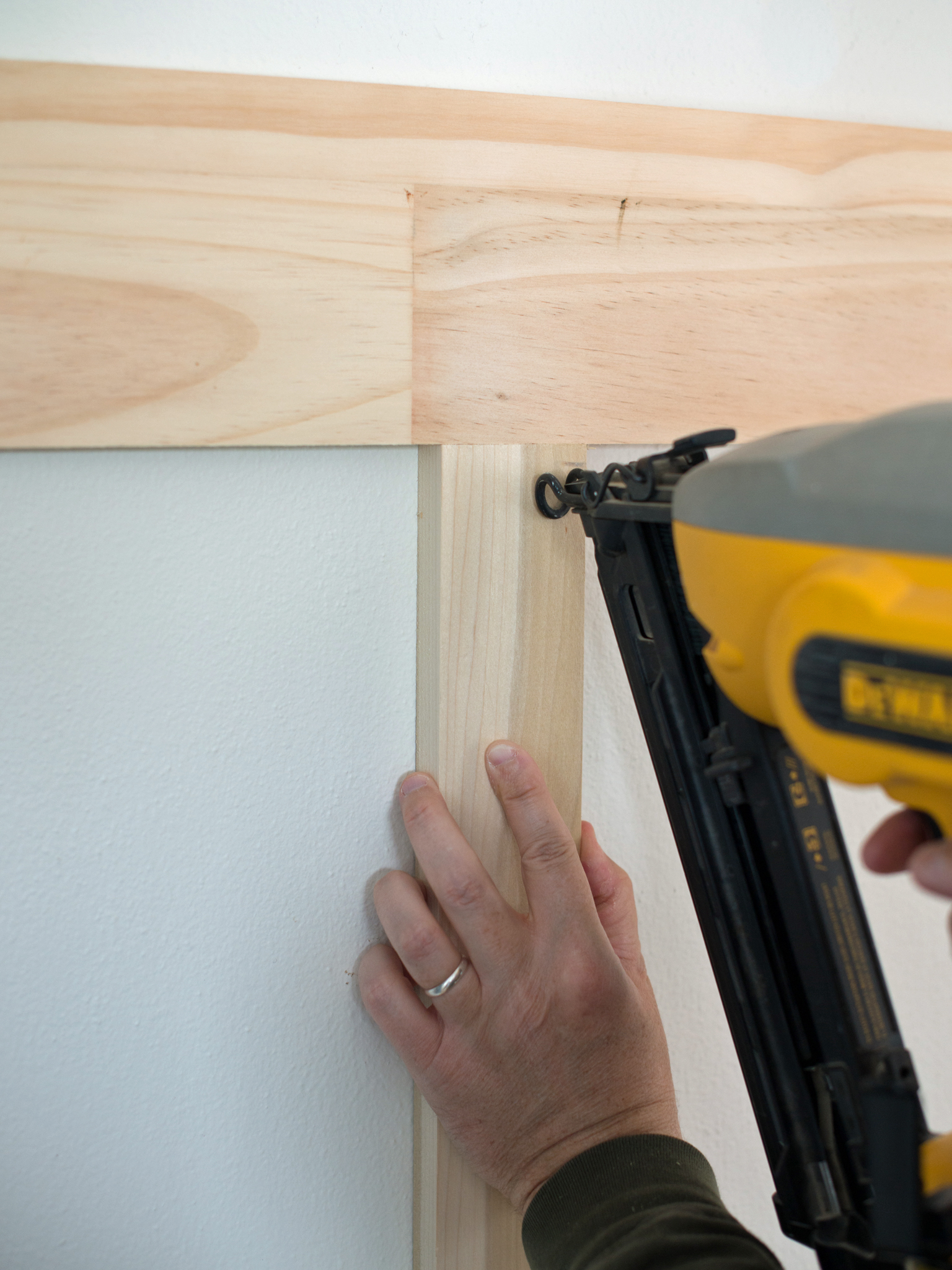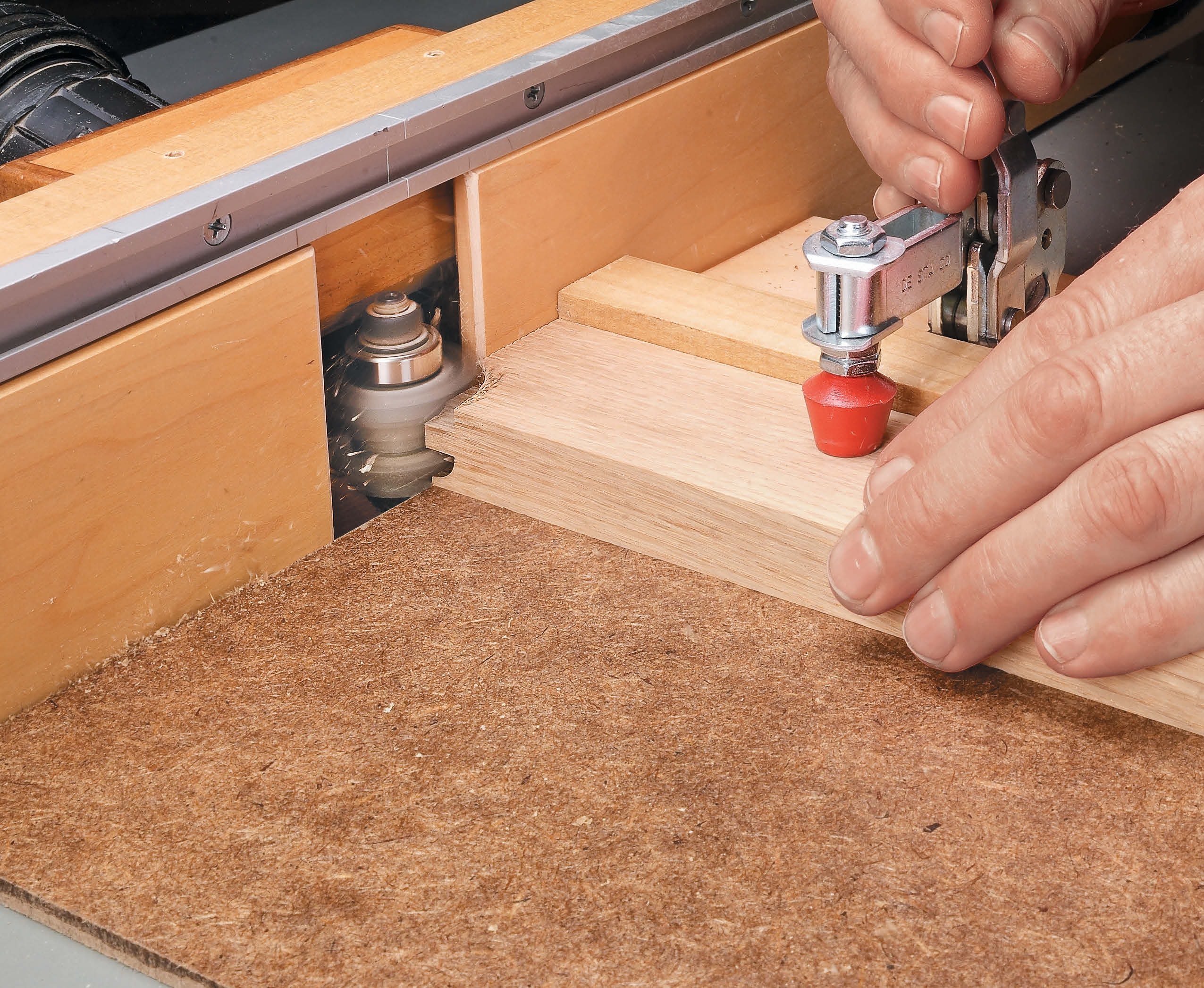

Makers of these kinds of doors use similar terms to describe the parts of the actual cabinet doors, which can introduce some confusion. Multi-piece Cabinet Doorsĭecorative doors for cabinets often are designed as a solid wood frame around a plywood or raised solid wood center panel. As a result, the cabinet rails are 3 to 3 1/2 inches shorter than the overall width of the cabinet face frame, depending on the width of the lumber used for the stiles. Cabinet rails mount into the face frame in between the cabinet stiles.

Standard lower kitchen cabinets are 34 1/2 inches tall from the floor, but lower cabinets include a 4 1/2-inch tall toe kick, elevating the actual cabinet area from the floor, so lower cabinet stiles are also 30 inches tall. Standard upper kitchen cabinets are 30 inches tall, therefore the upper cabinet stiles are also 30 inches tall. For cabinets that feature two side-by-side doors, the center stile typically is 2 1/2 to 3 inches wide in order to accommodate the doors and create a consistent look. For cabinets with higher prices due to improved quality materials and workmanship, cabinet companies may increase the width of the stiles to 1 3/4 inches wide. More economical cabinet lines have stiles and rails that are 1 1/2 inches wide as a rule. The width of the cabinet stiles and rails depends first and foremost on the quality of the kitchen cabinet. Stile and Rail WidthĬabinet stiles and rails are typically 1 1/2 to 1 3/4 inches wide. The cabinet face frame also carries some of the weight of the cabinet installation, so hardwoods are preferred over softwood species because of their superior strength. When stained and finished, hardwoods have a much more beautiful and even-toned wood color and wood grain than soft woods. Hardwoods are used for face frame stock for a number of reasons. The lumber is called “1-by” material in the carpentry trade because it's about 1 inch thick when first cut from a log, before being dried and planed. Stile and Rail Thicknessįace frames are most commonly made from hardwood lumber, such as oak, maple or birch, that is 3/4-inch thick. Without the face frame, a cabinet is simply a plywood box hanging on a wall. The face frame is the part of the cabinet that gives the cabinet it's strength and rigidity. These pieces of wood are fastened together in such a way that the fasteners are not visible, such as dowels, biscuit joiners or pocket screws. The face frame and parts of a door on a kitchen cabinet are called stiles and rails.Ĭabinet stiles and rails make up the cabinet face frame.


 0 kommentar(er)
0 kommentar(er)
